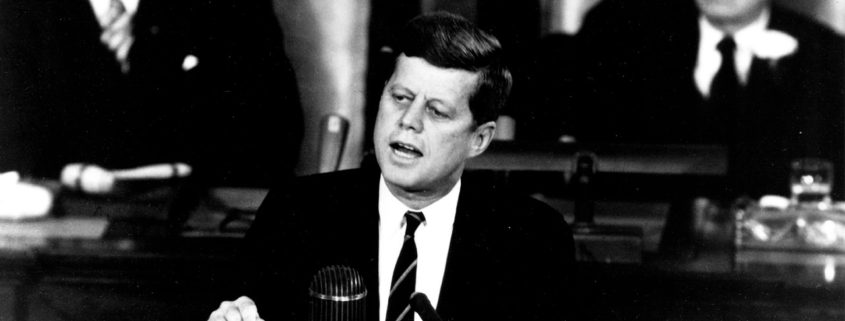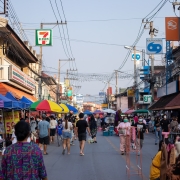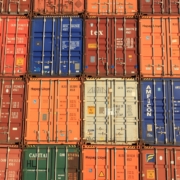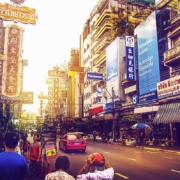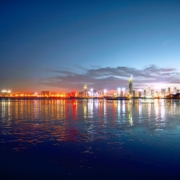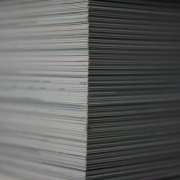What caused the Cuban Missile Crisis?
What is the Cuban Missile Crisis? Following the stalemate in Europe, the two superpowers shifted their gaze towards Asia and other parts of the world. This development led to the spread of Cold War influences to other conflicts and wars, like the Korean War (1950-53), the Cuban Missile Crisis (1962) and the Vietnam War (1955-75).
The Cuban Missile Crisis refers to a military and political confrontation between USA and USSR due to the Soviet deployment of ballistic missiles on Cuba, which is 90 miles (140 km) from Florida, USA. To understand the Cuban Missile Crisis, it is important to examine the key incidents and factors that contributed to the historical developments, which will be covered in the following sections.Topic of Study [For H2 and H1 History Students]: Paper 1: Understanding the Cold War (1945-1991) Section A: Source-based Case Study Theme I Chapter 2: A World Divided by the Cold War – Manifestations of the global Cold War: Cuban Missile Crisis (1962)
1. Economic Aggression Before USSR was involved in the shipment of nuclear-armed missiles on Cuba, there was strained diplomatic relations between USA and Cuba. This was attributed to the antagonistic actions of the communist revolutionary, Fidel Castro, who overthrew the former Cuban President, Fulgencio Batista and led the Cuban Revolution. As Cuba’s Prime Minister, Castro nationalized American assets on Cuba, particularly the sugar mills. Consequently, his struggle for economic control in Cuba prompted USA to retaliate with an economic embargo.
Following USA’s response to sever diplomatic ties with Cuba, Castro turned to USSR, which offered both economic and military aid. This development sowed the seeds of destruction that brought the world closer to the Cuban Missile Crisis.2. Political Aggression Given that both USA and Cuba ended diplomatic relations with one another, the incoming American President, John F. Kennedy, initiated a covert operation to invade Cuba and overthrow Cuba. This plan was known as the Bay of Pigs Invasion (Apr 1961). However, the invasion was a failure and the attackers were captured by Castro.
After the Bay of Pigs Invasion, Castro declared himself a Marxist-Leninist publicly (Dec 1961), which antagonized USA further due to ideological differences that shaped the Cold War rivalry against USSR. Therefore, Cuba aligned itself ideologically with the Soviet Union, which bore ulterior motives that led up to the Cuban Missile Crisis.3. Military Aggression From the Soviet perspective, Nikita Khrushchev held the perception that USA had the military advantage in the arms race aspect of the Cold War. His concerns were supported by the deployment of American Jupiter ballistic missiles in Turkey and Italy that posed a clear national security threat to the Soviet Union. Furthermore, the Soviet ballistic missiles were fewer in numbers and less capable than the American’s. Therefore, to close the ‘missile gap’, Khrushchev placed nuclear missiles in Cuba (Oct 1962), which was 90 miles off Florida coast.
However, USA discovered the Soviet nuclear missiles via aerial surveillance on Cuba, which sparked fears of a possible nuclear threat to national security. Following thorough deliberation, Kennedy announced the imposition of an American ‘naval blockade’ to prevent the shipment of Soviet ballistic missiles to Cuba.4. Outcome of the Cuban Missile Crisis This ‘blockade’ could have been interpreted by the Soviets as a threatening military provocation that justified nuclear retaliation. Fortunately, the blockade ended peacefully and both superpowers agreed to stand down. This was seen in terms of the mutual agreement to remove the American missiles in Turkey and Italy and Soviet missiles in Cuba in secret.
What’s Next? By understanding the key incidents and factors that contributed to the developments of the Cuban Missile Crisis, you can reinforce your study of this topic by answering the following questions: – How did Castro’s actions lead to the start of the Cuban Missile Crisis? – Why was the Cuban Missile Crisis interpreted as a Cold War conflict? – In comparison to the Korean War (1950-53), identify the similarities and differences of the Cuban Missile Crisis in shaping the Cold War developments beyond Europe [to be discussed in our lessons]
The H2 and H1 History Tuition feature online discussion and writing practices to enhance your knowledge application skills. Get useful study notes and clarify your doubts on the subject with the tutor. You can also follow our Telegram Channel to get useful updates. We have other JC tuition classes, such as JC Math Tuition and JC Chemistry Tuition. For Secondary Tuition, we provide Secondary English Tuition, Secondary Math tuition, Secondary Chemistry Tuition, Social Studies Tuition, Geography, History Tuition and Secondary Economics Tuition. For Primary Tuition, we have Primary English, Math and Science Tuition. Call 9658 5789 to find out more.
